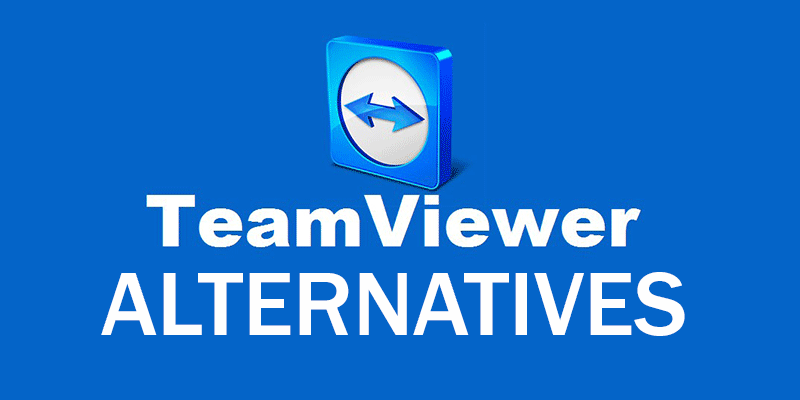

Tools like TeamViewer and its alternatives take it one step further by allowing users to not only connect but also control the devices, as seen historically with remote support.īusinesses have used remote IT service as a standard customer service solution for years to provide quick response time around the clock. As its name suggests, remote access enables users to connect to devices and access files on a network from any location. Additionally, we share eight other remote access software options to help you identify the right TeamViewer alternative to fit your company size and requirements.Ĭontinue reading or chose a link below to jump ahead to product description:Īlthough many companies began transitioning to a work-from-home policy only recently due to the pandemic, remote access has been in use for a while. A strong alternative to TeamViewer, SolarWinds ® Dameware ® Remote Everywhere provides what I think is one of the most comprehensive solutions on the market, combining remote support, remote work, and distance learning. With both paid and free remote access software of various capabilities readily available today, it may be overwhelming to determine which option best suits your needs. While it offers advantages like remote printing, desktop sharing, and easy file transfer from online storage services such as OneDrive and Google Drive, it also comes with some constraints, like possible slow file transfer speed and proxy limitations. TeamViewer has been a popular professional choice for remote administration with its all-in-one solution that can be installed and updated with ease. Seems sort of overkill to be running 3rd party security software these days anyway.No longer a foreign concept, remote access has gained traction with businesses to facilitate convenient off-site support and virtual meetings, especially during these recent pandemic times. I'm sure I could have whitelisted it, but I ended up just reconfiguring the desktop to use native Windows Firewall and Windows Defender. Disabling either the VPN on the laptop end or the security software (AVG, I think?) on the desktop fixed the issue. It turned out that the security software on the desktop was blocking incoming connections from my laptop because the laptop was routing all its traffic through a VPN by default - I guess the security software deemed that a risk.

It does everything I need it to (which is admittedly not very elaborate), the android client works well, and I can access my machine from pretty much any desktop that has Chrome installed.įull disclosure: At one point I having trouble accessing my work desktop (running Windows 10) from my home laptop (also running Windows 10). I've been using Chrome Remote Desktop and it's worked really well for me.


 0 kommentar(er)
0 kommentar(er)
